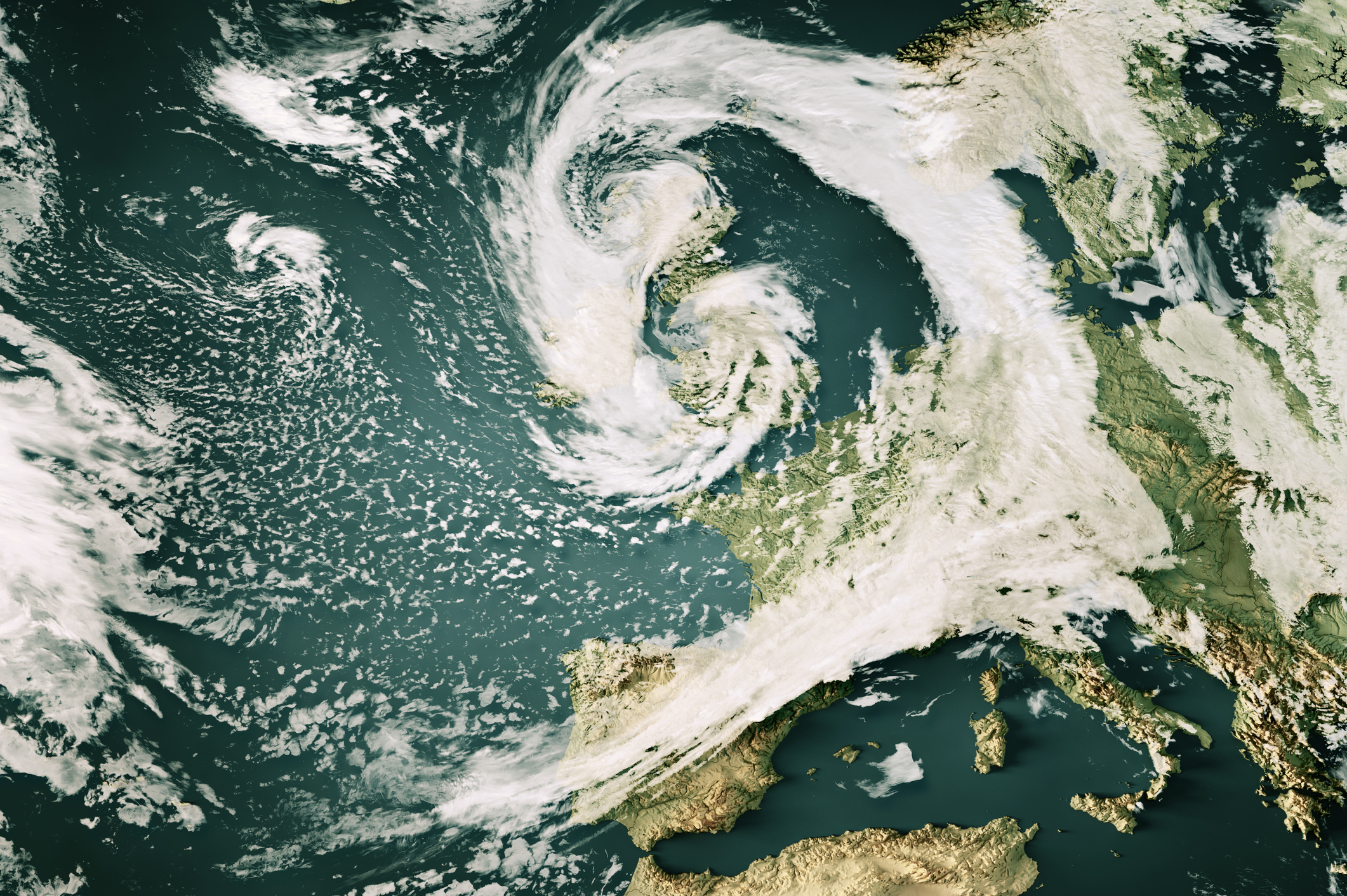
Weather and climate can impact cultures and population around the world. These topics interconnect with various aspects of human society, including economics, politics, culture, and history. Teaching about these topics in social studies helps students understand the complex interactions between natural systems and human activities.
As the impacts of climate change become increasingly evident, preparing students to understand and address these challenges is essential for their future. Teaching about weather and climate in their relation to population growth and changes equips students with the knowledge and skills needed to navigate a changing world and contribute to building resilient communities. Here are eight ways teachers and students can explore how weather and climate can have significant impacts on population growth:
1. Food Production
Climate conditions influence agricultural productivity. Droughts, floods, and extreme temperatures can reduce crop yields, leading to food shortages. In areas where agriculture is a primary source of livelihood, reduced food production can lead to malnutrition and starvation, which can impact population growth negatively.
2. Health
Climate affects the spread of diseases. Warmer temperatures can expand the habitats of disease vectors like mosquitoes, leading to increased transmission of diseases such as malaria, dengue fever, and Zika virus. Extreme weather events can also cause injuries and stress, exacerbating health issues in affected populations.
3. Water Resources
Availability of water is crucial for human survival and agriculture. Changes in precipitation patterns due to climate change can lead to water scarcity, affecting drinking water supplies and agricultural irrigation. In areas with limited access to water resources, this can lead to migration as people search for areas with more reliable water sources.

4. Natural Disasters
Climate change is associated with an increase in the frequency and intensity of extreme weather events such as hurricanes, cyclones, floods, and droughts. These events can cause displacement of populations, destruction of homes and infrastructure, loss of livelihoods, and loss of life, affecting population growth in affected regions.
5. Economic Impacts
Climate-related events can have long-term economic impacts on communities, leading to loss of income and employment opportunities. This can result in poverty, which is a factor that can influence family planning decisions and overall population growth.
6. Migration
Changes in weather and climate can lead to forced migration as people move to escape the impacts of climate change, such as sea-level rise, desertification, or loss of agricultural land. Migration can lead to demographic changes in both the areas people are leaving and the areas they are moving to.
7. Infrastructure and Housing
Extreme weather events can damage infrastructure and housing, making areas less habitable. This can lead to population decline as people move away from affected areas, particularly if rebuilding efforts are inadequate or delayed.
8. Cultural and Social Impacts
Climate change can also have indirect impacts on population growth through its effects on cultural and social systems. For example, changes in climate can disrupt traditional ways of life, affecting social cohesion and cultural practices that influence family size and structure.
Overall, the impacts of weather and climate on population growth are complex and interconnected, influenced by a combination of direct and indirect effects. Addressing the challenges posed by climate change requires holistic approaches that consider the social, economic, and environmental factors affecting population dynamics.
Enhance student learning with digital geography activities
Try a free 30-day trial of Nystrom World today
This listicle was written as a collaborative effort by the team at Social Studies School Service. It has been edited for clarity and length.

cool